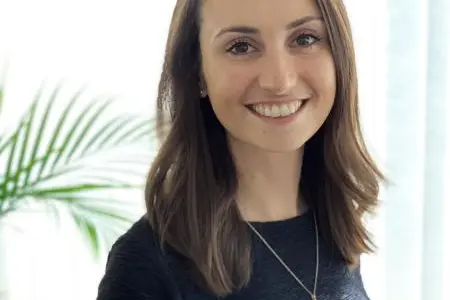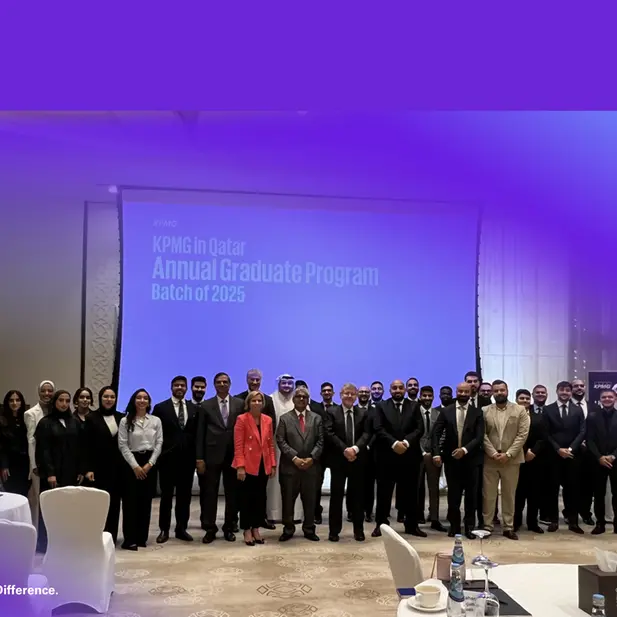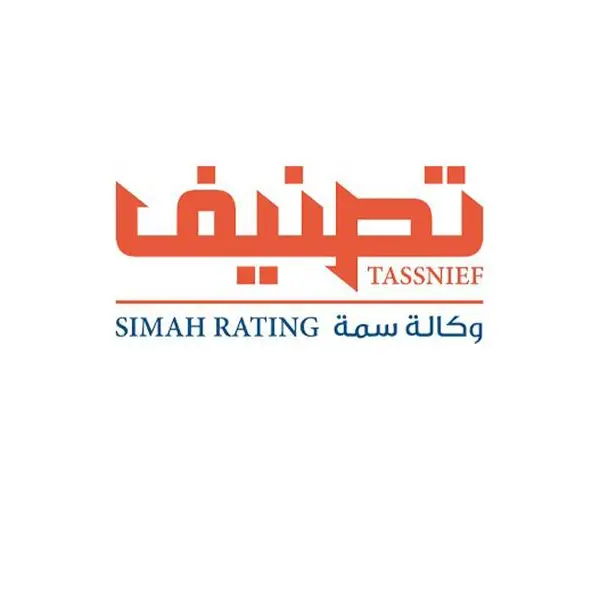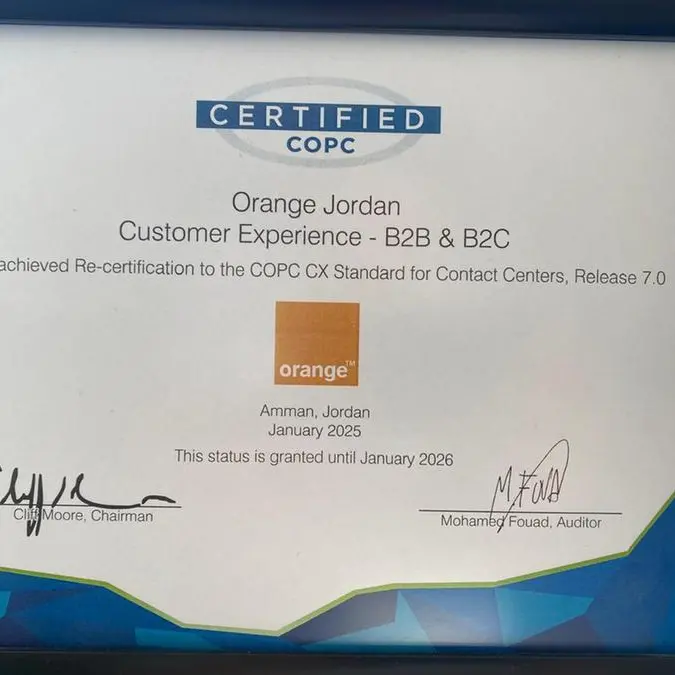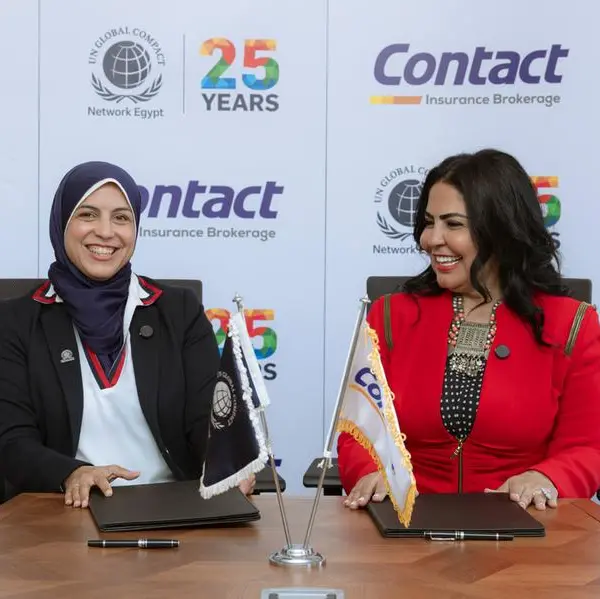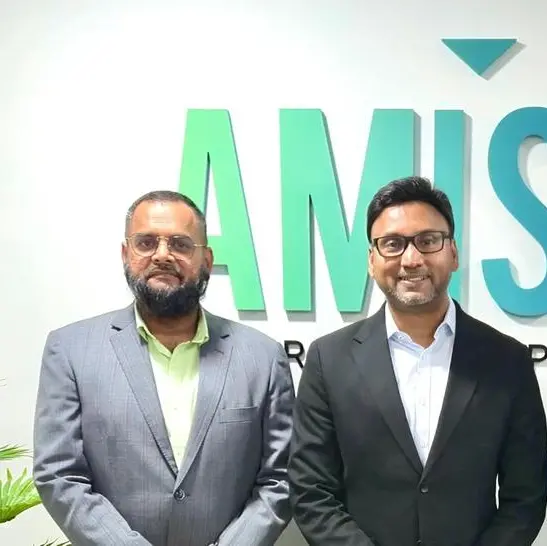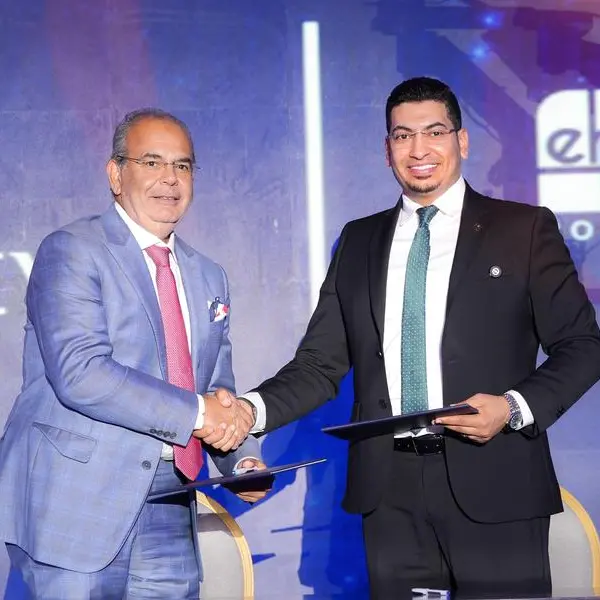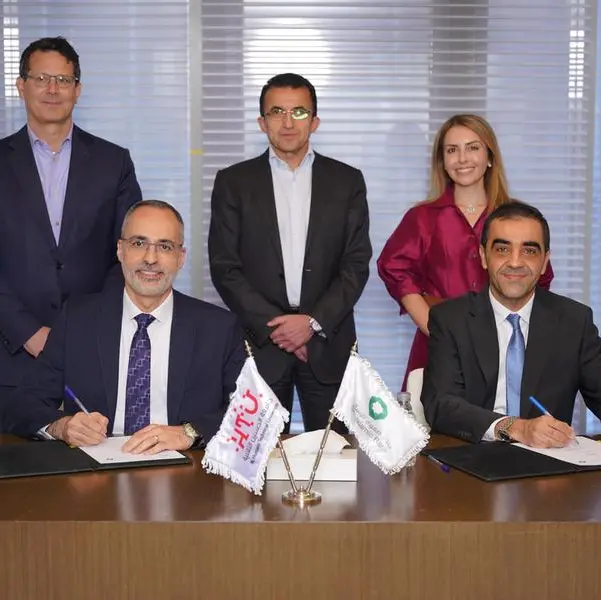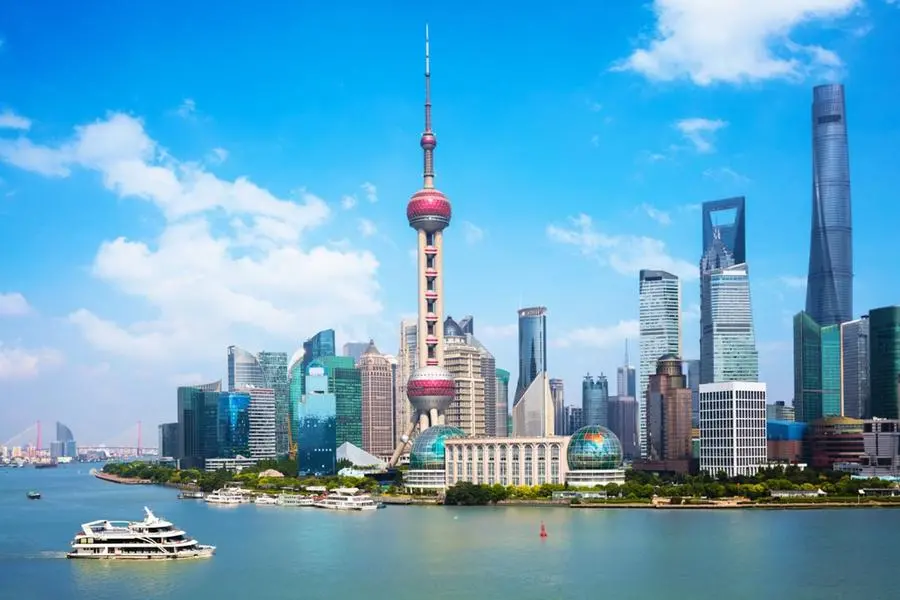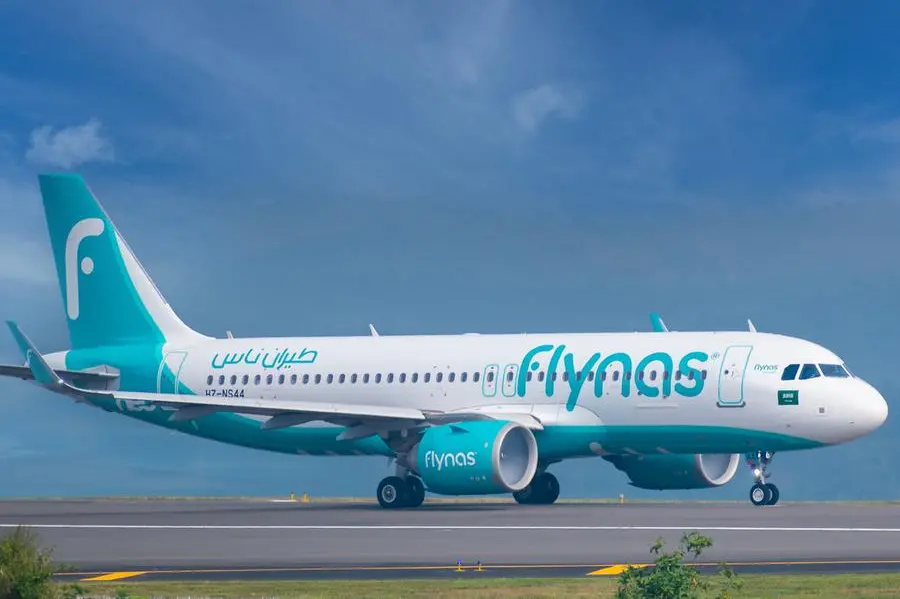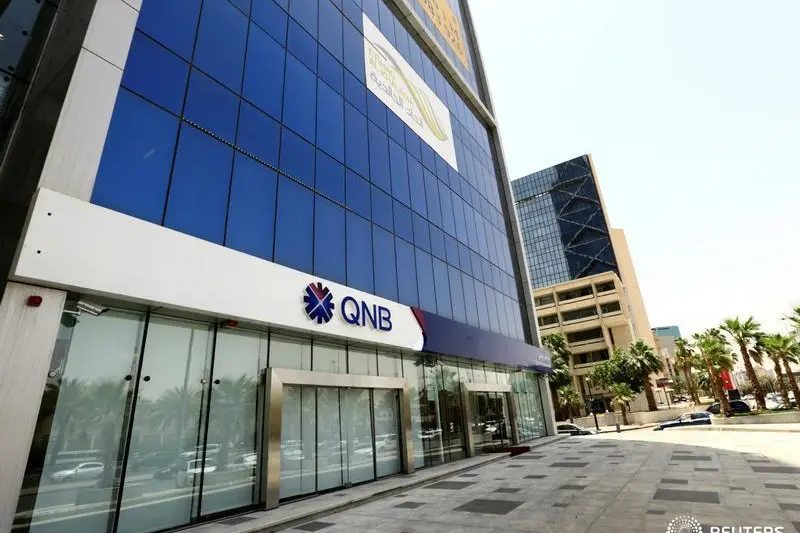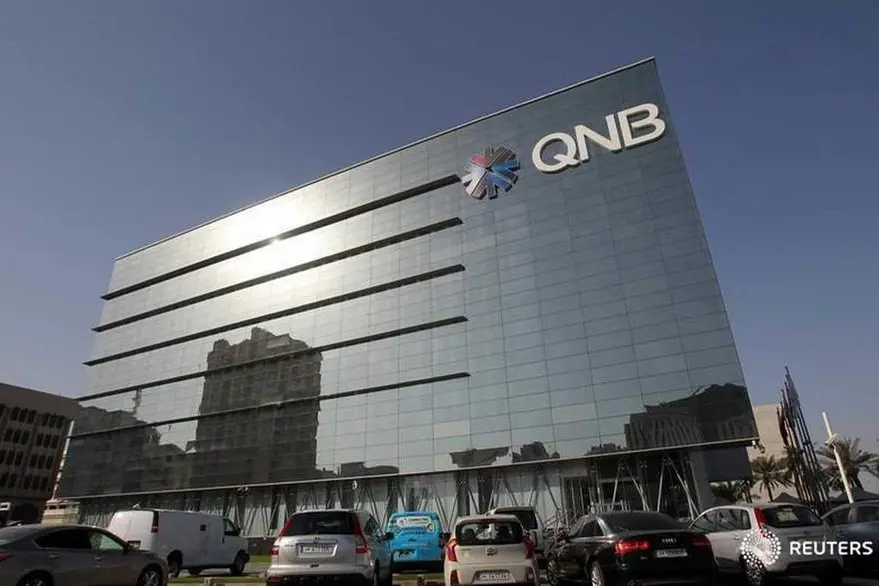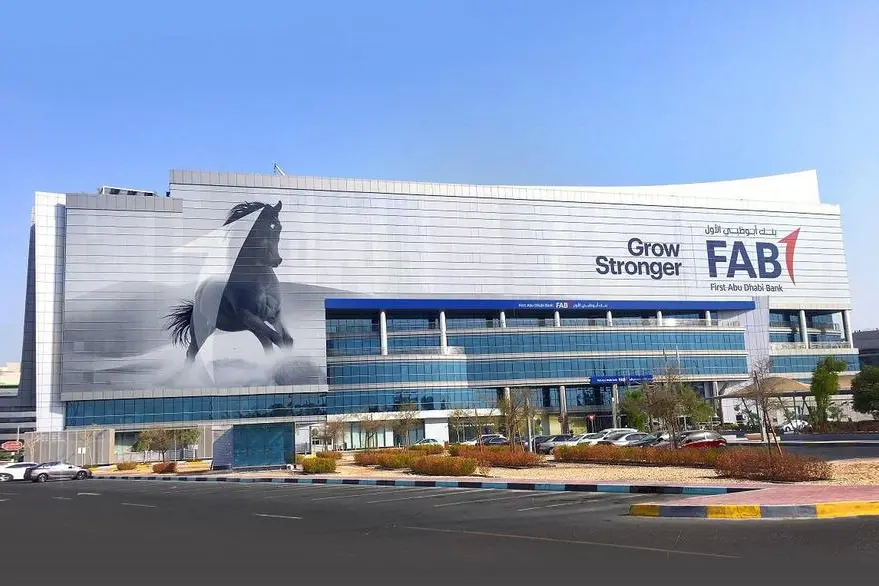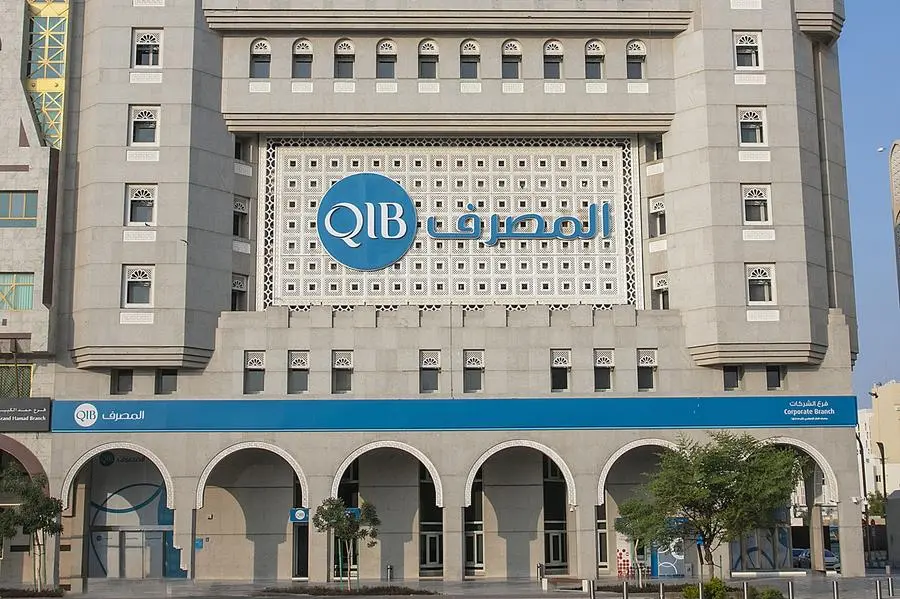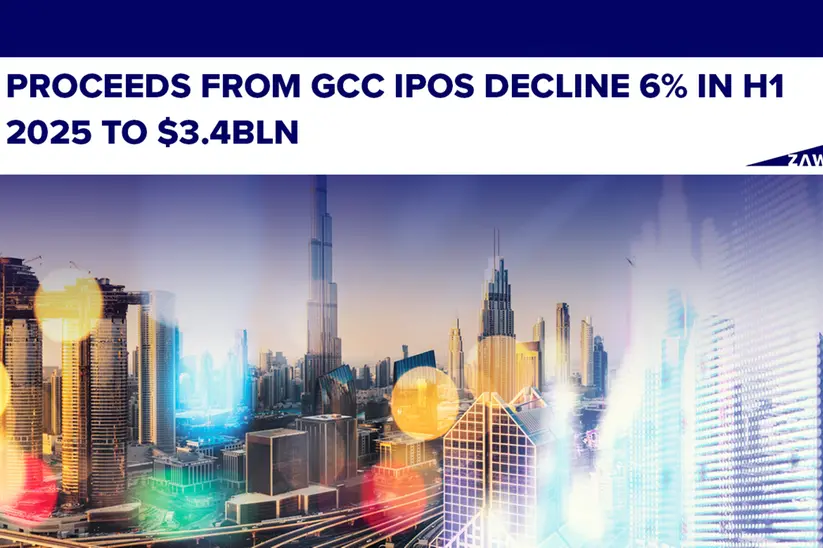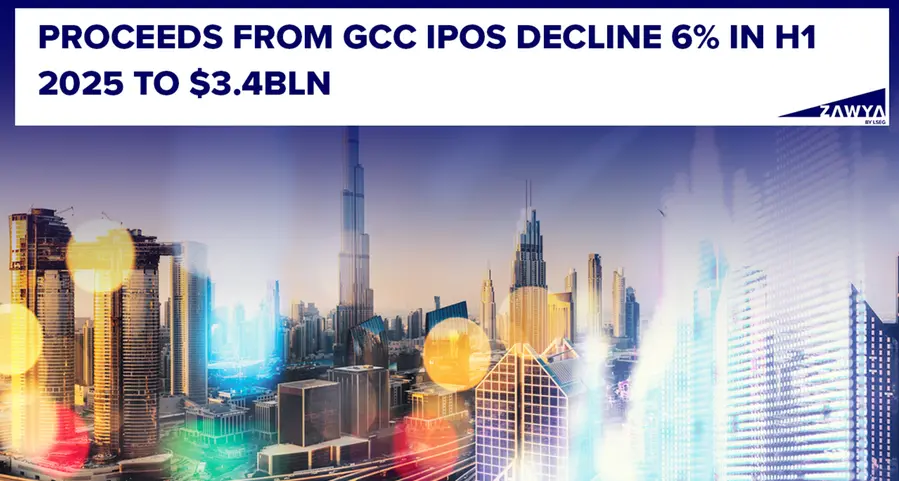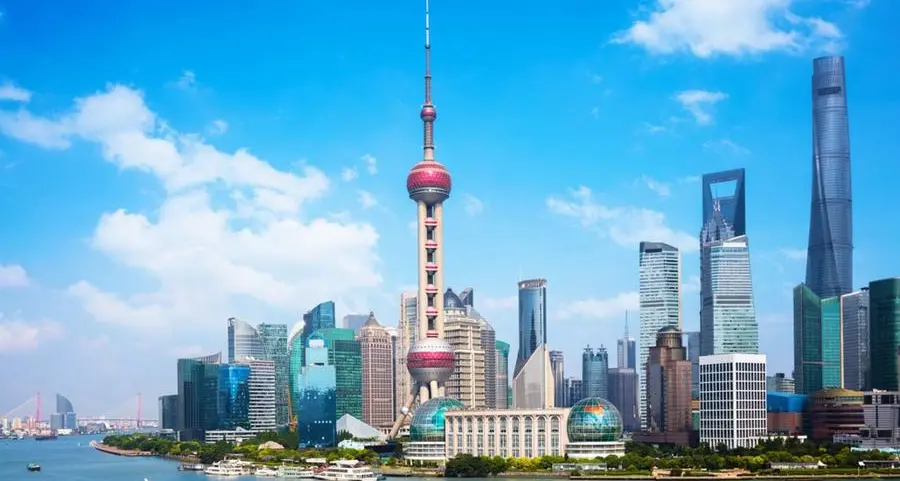PHOTO
Dubai: 68% of the world’s population is projected to live in urban areas by 20501. Considering the numerous mental and physical health impacts associated with urban living, AESG, a global leading Specialist Engineering and Consultancy practice, has emphasized that it is now vital for Middle East cities to adapt new urban planning approaches that safeguard the future well-being of residents.
At its forum on ‘Designing for Healthy, Happy Cities’ − held this month in Dubai ─ the company was joined by regional industry professionals from government bodies, private developers, engineers, architects, urban planners, academics and consultants. Outlining the main areas of concern to this group of key stakeholders, Phillipa Grant, Head of Energy and Sustainable Development at AESG said, “Cities impact both the physical and mental health of their residents, with key contributing factors being the access to outdoor spaces, environmental pollution, community connectivity, and safety and security.”
Highlighting many of the detrimental impacts of urban vs. rural living, including social isolation, increased stress and anxiety, air pollution and obesity, AESG invited regional health and well-being, and design experts to discuss potential solutions to current and future issues. This panel included Rula Sadik, Regional Director at Stantec; Steven Velegrinis, Head of Masterplanning at AECOM; Dr. Nada Chami, Business Development Manager at Saint Gobain UAE; Shaun Killa, Design Partner at Killa Design; as well as Phillipa Grant and AESG Sustainability Consultant, Katherine Bruce.
The panel raised important questions around the integration and utilisation of technology to enhance design solutions, the creation of communal outdoor spaces to encourage social interactions and ways in which the business case for “healthy” design can be expanded on. From the discussion it emerged that there are three key elements in the design of healthy cities.
Nature
As exposure to natural surrounding is fundamental to the well-being of urban residents, the design and planning of cities should consider green spaces that allow residents to easily integrate interactions with nature into their daily routine. Given the region's climate, the panel recommended that hardy desert plants should be considered when landscaping. The importance of parks of all sizes − especially pocket parks that are often cut out of the design process − to increase daily exposure to nature was also highlighted.
The group also acknowledged that technologies such as smartphones are minimizing real-world engagements of citizen with each other and their natural surroundings, and noted the need to address this.
Neighbourhoods
Communities need design principles that encourage social interaction. The experts emphasized that these principles need to extend beyond large public areas to facilitate micro-interactions in small spaces such as in building common areas, stairwells and lifts. In particular, the concept of scaling down communal spaces to increase social interactions was well received by attendees.
Networks
Urban planners need to give due consideration to public transportation and the connectivity infrastructure provided in cities as ease of mobility can greatly contribute to quality of life and happiness of residents. Furthermore, the arrangement of buildings within city blocks can influence the walkability factor of an area. Pedestrianizing streets, and creating dedicated bicycle networks and pedestrian bridge links may help improve the health of residents by making walking or cycling an easier choice than driving.
The panel acknowledged that while many urban projects are designed with happiness and well-being in mind, these elements get phased out in the final stages of proposals due to cost, or because they are deemed non-essential. “For the principles of healthy and happy city design to be widely incorporated in Middle East cities, they must be embedded in design, rather than considered as a value engineering item,” said Katherine Bruce.
“In recent decades, the Middle East has become an epicentre for urban development and the emergence of smart cities. In this rapidly changing landscape, it is important for there to be well defined occupant-centric policies and guidelines that ensure ongoing development takes human physical and mental well-being into account,” Phillipa Grant concluded.
Supporting Quotes:
Shaun Killa, Design Partner at Killa Design:
"While the car is undermining sociability and connectivity of neighbourhoods, so is the mobile phone as people end up being in public spaces often connected with their phones.
Many projects are designed with happiness and well-being in mind; however, these elements are often valued engineered out in the final stages of proposals due to budgets or the perception that these are nice to have, and not essential to do. Pocket parks, landscaped walkways, public art shaded places of rest are essential requirements in “happy cities” and for Dubai to further improve its happiness index, RTA right-of-way areas should consider further shaded landscape, resting areas and public art in the existing ROW sidewalks in and around the city."
Dr. Nada Chami, Business Development Manager at Saint Gobain UAE
“There is a misconception that outdoor air pollution is the most problematic, but the truth is that indoor air pollution can be up to 10 times worse. This is why, a well-thought and sustainable indoor environment design is key for a happy and healthy life. And this is what we thrive for, through the Saint-Gobain MultiComfort approach; to design building solutions that create great living places and provide not only good Indoor air quality but also visual comfort, acoustical comfort and thermal comfort.”
-Ends-
About AESG
AESG is a specialist consultancy and commissioning firm headquartered in Dubai with offices in London and Abu Dhabi. Our areas of expertise are represented in five core departments: Building Engineering and Design, Land Development and Infrastructure, Industry, Oil and Gas, Commissioning and Innovation and Strategy and advisory.
We pride ourselves in being leaders in the industry in each of the services that we offer. We have one of the largest dedicated team with decades of cumulative experience in sustainable building design, fire and life safety, façade engineering, commissioning, waste management, environmental consultancy and energy management.
With unparalleled experience across the globe, gained from working on hundreds of iconic developments, our multi-disciplinary team of Architects, Engineers, Scientists, Modellers and Commissioning Managers work alongside our Clients to deliver effective solutions that stand the test of time. We have worked on the most prestigious projects and have consistently delivered best in class solutions to some of the industry’s most complex technical challenges.
Media Contact:
Ian Saldanha
Procre8 for AESG
Tel: +97155 4506073 Email: ian@procre8.biz
Disclaimer: The contents of this press release was provided from an external third party provider. This website is not responsible for, and does not control, such external content. This content is provided on an “as is” and “as available” basis and has not been edited in any way. Neither this website nor our affiliates guarantee the accuracy of or endorse the views or opinions expressed in this press release.
The press release is provided for informational purposes only. The content does not provide tax, legal or investment advice or opinion regarding the suitability, value or profitability of any particular security, portfolio or investment strategy. Neither this website nor our affiliates shall be liable for any errors or inaccuracies in the content, or for any actions taken by you in reliance thereon. You expressly agree that your use of the information within this article is at your sole risk.
To the fullest extent permitted by applicable law, this website, its parent company, its subsidiaries, its affiliates and the respective shareholders, directors, officers, employees, agents, advertisers, content providers and licensors will not be liable (jointly or severally) to you for any direct, indirect, consequential, special, incidental, punitive or exemplary damages, including without limitation, lost profits, lost savings and lost revenues, whether in negligence, tort, contract or any other theory of liability, even if the parties have been advised of the possibility or could have foreseen any such damages.
